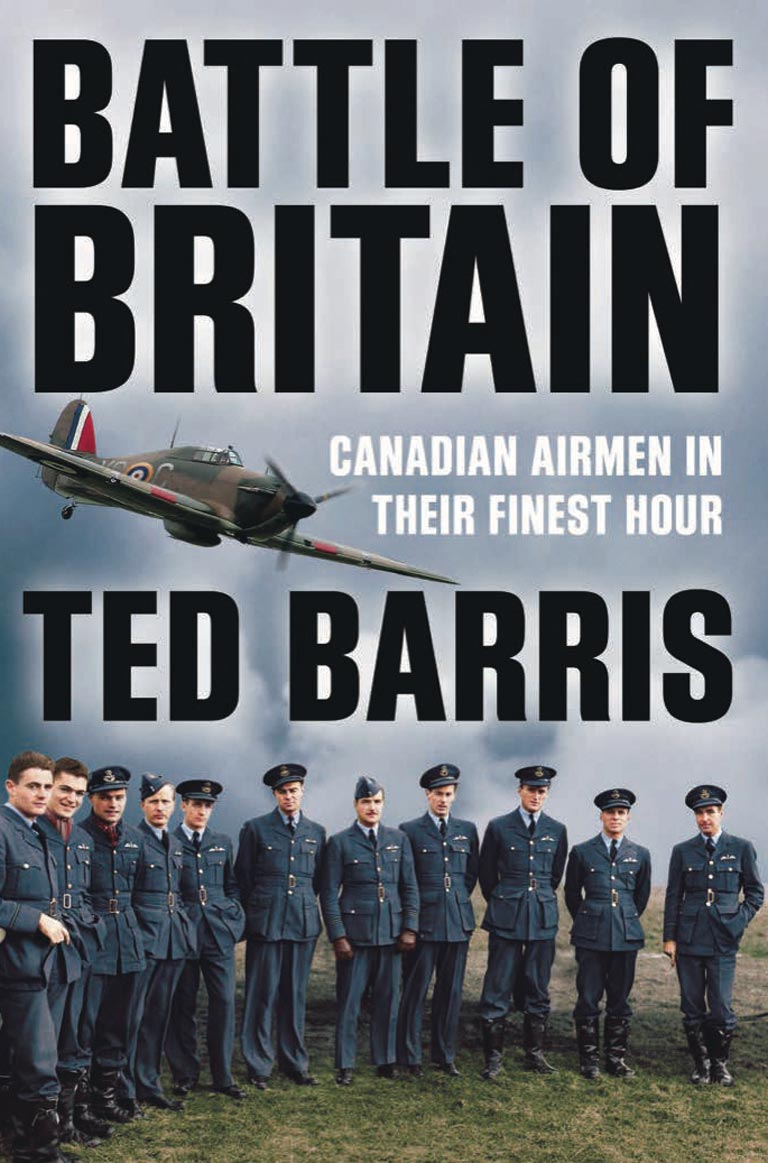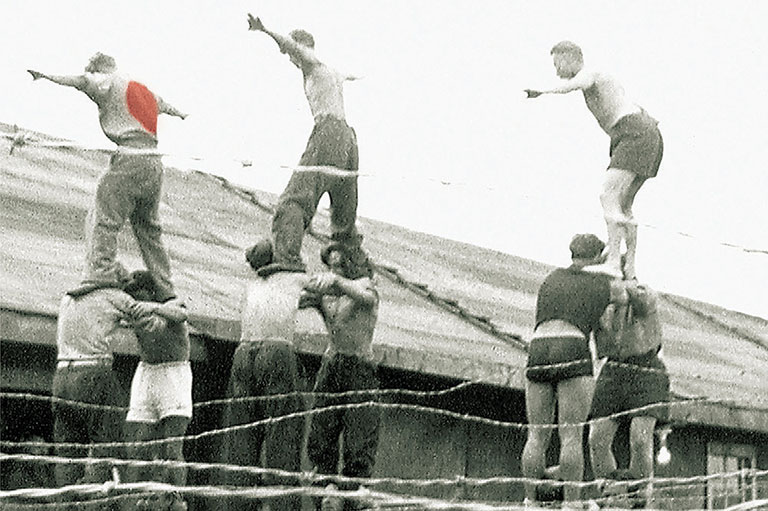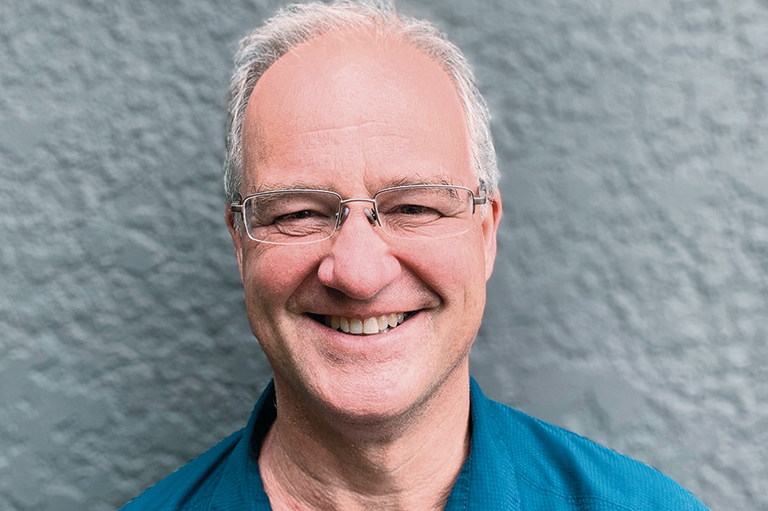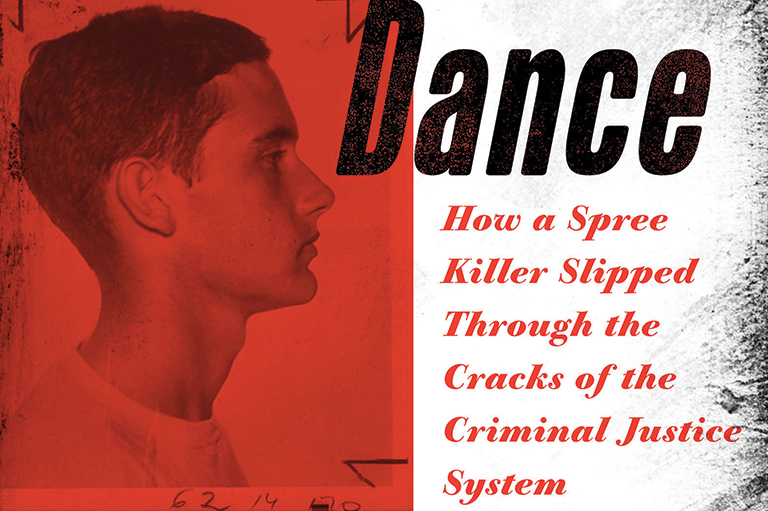Battle of Britain

Battle of Britain
Canadian Airmen in their Finest Hour
by Ted Barris
Sutherland House Books, 300 pages, $37.95
A double review with
Canada's Air Force
The Royal Canadian Air Force at 100
by David J. Bercuson
University of Toronto Press, 352 pages, $44.95
“The ideal age for a fighter pilot in the Battle of Britain was nineteen years. After that you had more sense.” So recounted Paul Pitcher, a McGill University graduate who fought in the desperate battle to defend Great Britain following the collapse of France in June 1940.
After that shocking defeat at the hands of Adolf Hitler’s German forces, the Luftwaffe dominated the skies over Europe. Opposing them across the English Channel, the Royal Air Force was shot up and depleted, having already lost 959 aircraft in relent-less combat. But the “famous few” — airmen from Britain, the Commonwealth and parts of occupied Europe — stood ready to repel the enemy. About 100 Canadians flew in aerial defence, and they are the subject of Ted Barris’s fine book.
In his fast-paced Battle of Britain, popular military historian Barris draws out the stories of airmen who flew with the “Canada” shoulder flashes. Most were older than 19, but only by a few years, and they learned to fight, survive and kill in the cauldron of combat. While much of the bare bones of this history has been told before, Barris’s well-honed knack of drawing out the experiences of airmen and his command of aviation technology, slang and tactics, make for a good read.
The Luftwaffe outnumbered the RAF, but the “Brylcreem boys” — as the fighters were known for their slicked-back hair — were fighting on the defensive, aided by radar that pro-vided early warning and aware that their defeat likely meant a German invasion of the island. The stakes could not have been higher. In day after day of aerial combat, the RAF went head-to-head with the German fighters and bombers. “I reckon the next two months will show which way this war will go,” wrote Pilot Officer Duncan Hewitt, the first Canadian casualty of the battle. Hewitt was correct, even if he did not live to see the victory won through blood, sweat and tears.
With 7 uniquely curated newsletters to choose from, we have something for everyone.
While Barris focuses on one critical battle in the late summer of 1940, master historian David Bercuson gives us a wide view of 100 years of Royal Canadian Air Force (RCAF) history in his ambitious Canada’s Air Force. Bercuson has explored many aspects of the Canadian military history experience in past books. In this one, the University of Calgary professor has produced a commanding history of the RCAF from its origins in the First World War, where thousands of Canadian airmen flew with the British, through the decision to create a national force in 1924, up until the present day.
Bercuson’s concise and balanced chapters on the Second World War present the grim fight against Nazi Germany. Canada’s Air Force provides tremendous insight into the growth of the RAF’s Fighter, Coastal and Bomber commands, connecting the Canadian war effort to the international one.
In these chapters — and in the groundbreaking ones that follow, in which he examines Canada’s Cold War air force — Bercuson skillfully weaves together topics such as air-craft procurement, shifting strategies and the evolution of air power. This is a history worthy of the RCAF: It includes defence against the Soviet threat in Europe and Canada’s Arc-tic; the sad story of the Avro Arrow; fierce debates over arming Canadian fighters with nuclear weapons; the use of air transport in peacekeeping and humanitarian missions; the path-breaking women who faced down sexism to fly as equals; and post-Cold War air operations in Iraq in 1991, Kosovo in 1999 and Libya in 2011.
In Bercuson’s comprehensive study, readers are exposed to detailed examinations of fighters, bombers and other aircraft; budgetary periods of famine and feast; and to the men and women who have served over periods of great change.
The first 100 years of the RCAF saw a continual evolution in technology, tactics and the use of air power in times of war and in holding the peace. The next 100 years will also see unimaginable transformations in the types of technology that might be unleashed in air and space. And yet, in the end, it will still fall to the men and women in the RCAF uniform, albeit aided by advanced computer systems and artificial intelligence, to keep North America safe and to safeguard Canada’s national interests abroad.
Advertisement
We hope you’ll help us continue to share fascinating stories about Canada’s past by making a donation to Canada’s History Society today.
We highlight our nation’s diverse past by telling stories that illuminate the people, places, and events that unite us as Canadians, and by making those stories accessible to everyone through our free online content.
We are a registered charity that depends on contributions from readers like you to share inspiring and informative stories with students and citizens of all ages — award-winning stories written by Canada’s top historians, authors, journalists, and history enthusiasts.
Any amount helps, or better yet, start a monthly donation today. Your support makes all the difference. Thank you!
Themes associated with this article
Advertisement
Save as much as 40% off the cover price! 4 issues per year as low as $29.95. Available in print and digital. Tariff-exempt!




